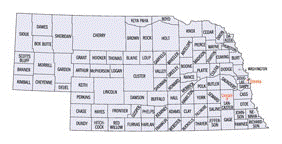Geography
Date of this Version
5-1994
Abstract
If we were to believe everything proclaimed in the popular press, we would conclude that most of the vegetation and soil on the slopes of the Himalayas is being destroyed by humans—by either the local inhabitants or foreign tourists. To place these shrill proclamations in perspective, it is essential to have scholars carefully investigate the myriad of interrela-tionships among natural and human phenomena and to report their findings in a manner that recognizes the complexity of environmental changes. Such a service has been provided by Ives and Messerli in their book, The Himalayan Dilemma: Reconciling Development and Conservation (London, New York: Routledge, 1989), which reports on analyses of ero-sional rates in these mountains. Stevens has performed a similar expla-natory task by examining the effects of tourism, both on deforestation and on Sherpa culture, in the Khumbu region of the Himalayas. Stevens examines the extent of environmental change in the Khumbu by utilizing the approach of cultural ecology, which documents ―the adaptiveness, ingenuity, and creativity with which indigenous people have developed ways of life that are based on profound knowledge of the local environment and ecosystematic relationships and processes.


Comments
Published in The Professional Geographer 46:2 (May 1994), pp. 274–275. Copyright © 1994 by the Association of American Geographers; published by Wiley-Blackwell. Used by permission